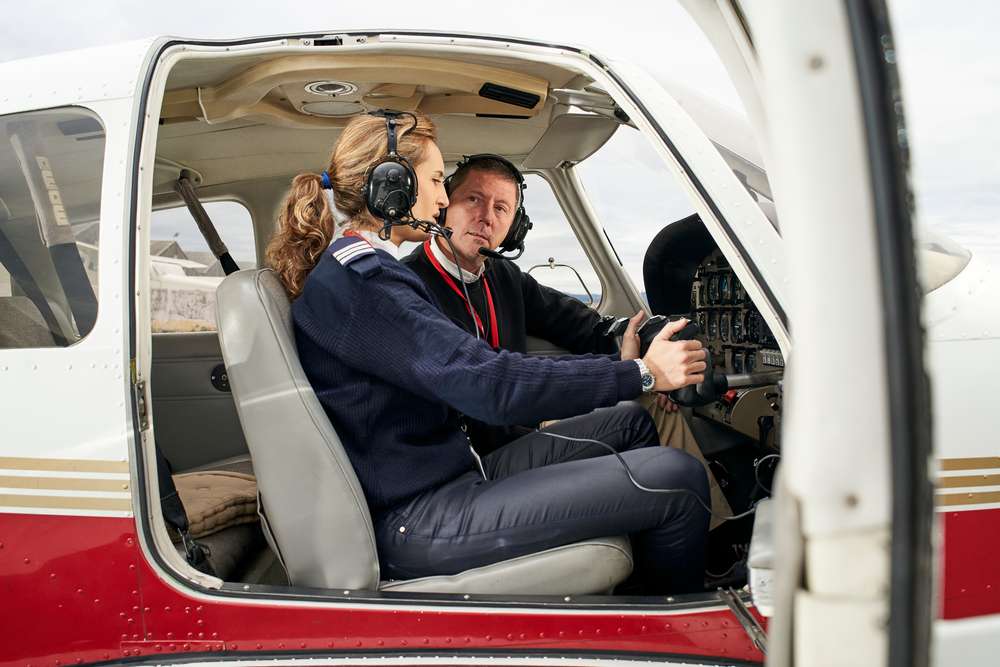Taking Flight: Understanding Career Paths and Training in the Aviation Industry
The aviation field offers a wide range of professional pathways, each with its own training requirements and advancement potential. From piloting aircraft to managing airport operations, many roles contribute to how aviation systems run smoothly. This article outlines how training programs are typically structured, what qualifications may apply, and how professionals grow over time in these careers. For those exploring options within airports or the broader aerospace sector, understanding these entry points and educational routes can provide helpful insight into long-term career development.

What Are the Main Aviation Career Paths Available?
The aviation sector encompasses numerous professional pathways. Commercial pilots operate passenger and cargo aircraft, while military pilots serve in defense roles. Air traffic controllers manage airspace safety and coordinate flight movements. Aircraft maintenance technicians ensure aircraft reliability and safety. Additional careers include aviation management, flight dispatchers, and aerospace engineers. Each path requires different training approaches and certifications.
How Do Pilot Training Programs Work?
Pilot training programs typically begin with private pilot certification, progressing through instrument rating and commercial pilot licensing. Students must complete ground school education covering aeronautical knowledge, navigation, and flight planning. Flight training includes supervised flying hours with certified instructors. Most commercial pilot programs require 250 flight hours minimum, though airlines often prefer candidates with more experience.
What Options Exist for Aviation Degree Online Programs?
Many accredited institutions offer aviation degrees online, combining theoretical knowledge with practical training requirements. Popular programs include Aviation Management, Aeronautical Science, and Aviation Safety. Online courses often cover aviation law, meteorology, and aircraft systems. Students must still complete in-person flight training or practical components at approved facilities while pursuing their online education.
How Do You Obtain Air Traffic Control Certification?
Air traffic control certification involves rigorous training through FAA-approved programs. Candidates must be under 31 years old when applying and complete an Air Traffic Collegiate Training Initiative (AT-CTI) program. Following education, prospective controllers attend the FAA Academy in Oklahoma City for additional training. The certification process includes medical examinations, background checks, and practical assessments.
What Should You Know About Aircraft Maintenance School?
Aircraft maintenance schools provide FAA-approved programs leading to Airframe and Powerplant (A&P) certification. Training typically takes 18-24 months, covering aircraft systems, repair procedures, and safety protocols. Students learn through classroom instruction and hands-on practice in workshop environments. Graduates must pass FAA written, oral, and practical tests to receive certification.
What Are the Current Training Costs and Program Options?
| Training Type | Average Duration | Estimated Cost Range |
|---|---|---|
| Private Pilot License | 6-12 months | $10,000 - $15,000 |
| Commercial Pilot Program | 12-24 months | $50,000 - $80,000 |
| A&P Maintenance School | 18-24 months | $20,000 - $50,000 |
| Air Traffic Control Program | 2-4 years | $30,000 - $60,000 |
Prices, rates, or cost estimates mentioned in this article are based on the latest available information but may change over time. Independent research is advised before making financial decisions.
The aviation industry continues evolving with technological advances and changing regulations. Success in any aviation career path requires dedication to continuous learning and adherence to strict safety standards. Whether pursuing pilot certification, maintenance expertise, or air traffic control qualifications, proper training through accredited programs remains essential for building a strong foundation in aviation careers.




